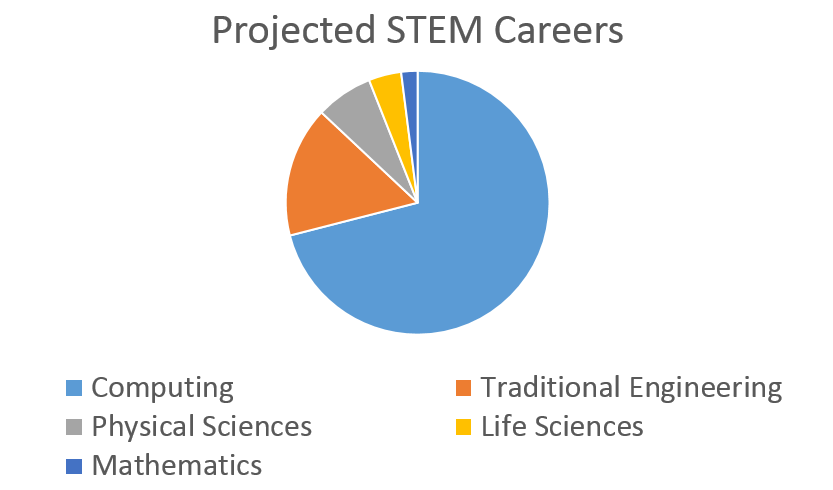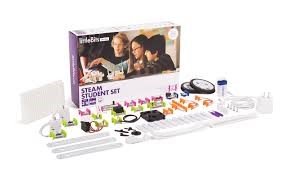
The education landscape is changing because STEM is becoming a major focus for curriculum in today’s classroom. STEM is an acronym for Science, Technology, Engineering and Math. The idea behind these programs is to educate students in these specific disciplines in one integrated class or lesson plan. STEM is creating new jobs, careers and companies that work in the fields outlined above.
Another important reason for the heightened focus is that jobs relating to these fields are becoming more vital, but recently there has been a shortage of employees applying for these positions. According to STEMconnector.org, by 2018, projections estimate the need for 8.65 million workers in STEM-related jobs.
The U.S. Bureau of Labor Statistics projects that by 2018, the bulk of STEM careers will be:
- Computing: 71 percent
- Traditional Engineering: 16 percent
- Physical Sciences: 7 percent
- Life Sciences: 4 percent
- Mathematics: 2 percent

Finally, this shift in curriculum has led to companies coming to the market with their unique education focused products. For example, littleBits (pictured below) focuses on invention-based learning by allowing students to engineer real world solutions. Students develop key skills like critical thinking, creativity and design. With the help of the easy-to-use electronic building blocks educators and students can build anything with their magnet system, but with zero wiring involved.
Microsoft’s Minecraft for education is another great example of companies providing software to address the STEM need. The game promotes collaboration with other students, problem-solving and offers lesson examples across different subjects. The reason Minecraft has been so popular with students is that it lets them learn naturally through a combination of observation, trial and error, and play-based practice. An open-learning environment like Minecraft allows students the freedom to experiment and challenge themselves.
Polar 3D Printing is one more example of products being used by schools for their STEM programs. Teachers can outline the practical applications of 3D printing to their students. This type of printing is going to impact several industries like manufacturing and medical fields in the future. Polar is preparing students to be ready for this change and make them suitable for that type of career path.

